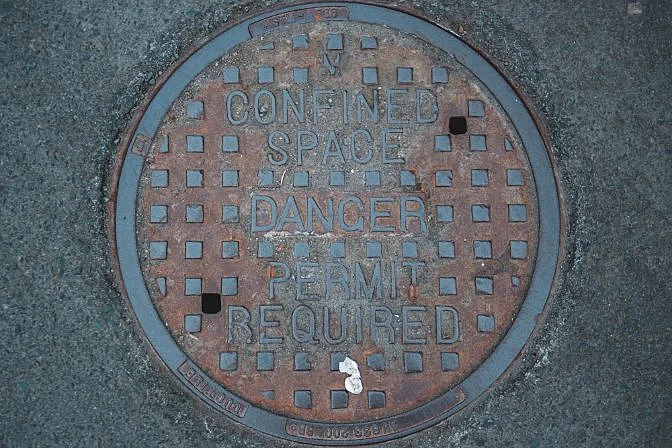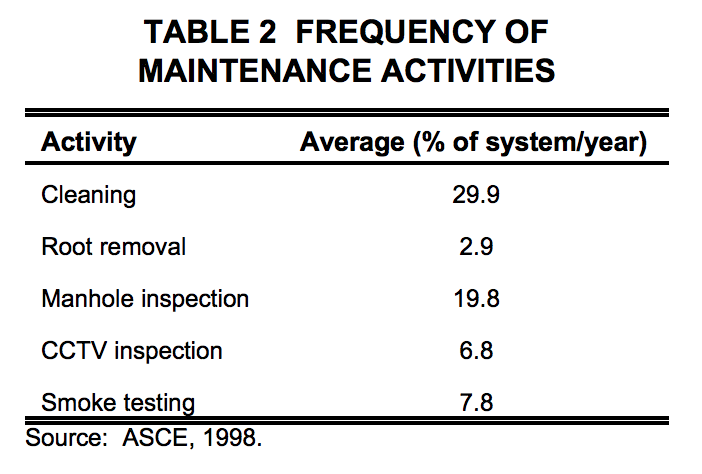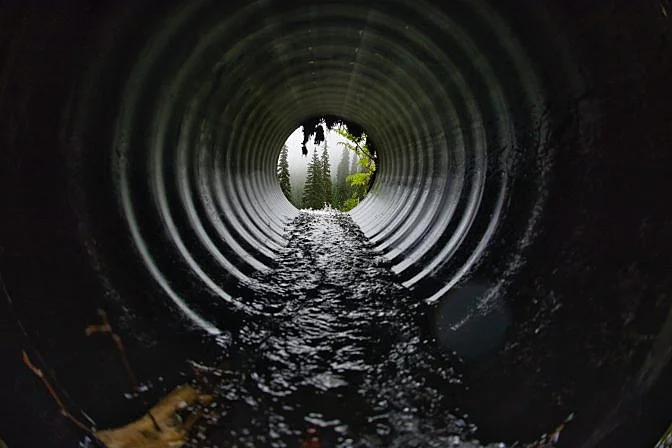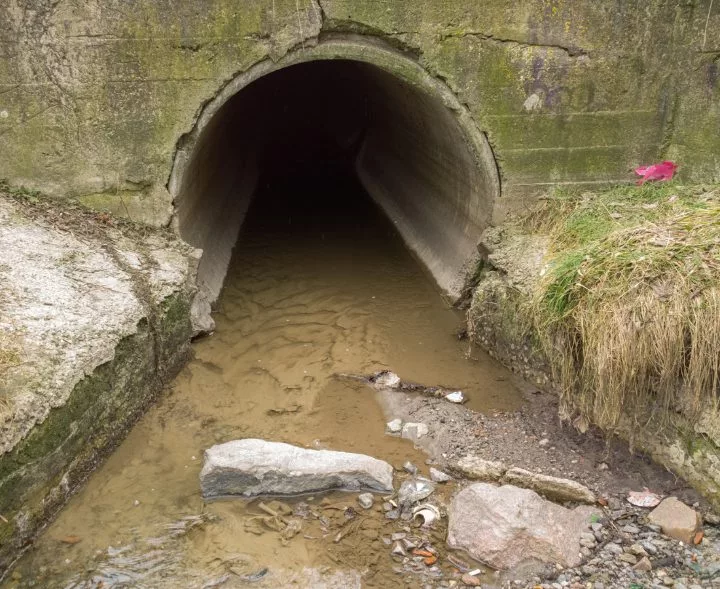Sewer inspections play a vital role in maintaining the integrity of sewer systems, both for cities and individual homes. Understanding how these inspections are conducted can help prevent costly and dangerous issues. Sewer inspections are an essential part of keeping our wastewater systems running smoothly. Whether it's in a city or a home, identifying problems early can save time, money, and stress. As many have experienced, a small issue in a sewer system can quickly escalate into a major emergency. Water or even raw sewage can flood into areas where it doesn’t belong due to damaged pipes or blockages. City sewer inspections help manage these situations by sending trained inspectors into large pipes and other parts of the wastewater infrastructure to identify the root cause of a problem. In such cases, where the pipes are large enough for a person to enter, caged drones like the Elios 3 can replace human entry, making the process safer and more efficient. Drones allow sewer line inspectors to gather visual data, helping them understand the condition of the pipe and detect any potential issues that may need attention. This article dives deeper into the world of sewer inspections, covering their importance, the main reasons they're performed, the differences between home and city inspections, common techniques used in urban settings, and how indoor drones are transforming the industry. Sewer line inspectors often use visual data to assess the condition of pipes and other parts of the wastewater system during inspections. There are two primary reasons for conducting these inspections: 1) To address an urgent problem that has led to a sewer emergency. 2) As part of routine maintenance to prevent future issues. This is one of the most common reasons for a sewer inspection, whether it's in a home or a city’s wastewater system. In both cases, you can usually tell something is wrong from the symptoms, but the exact cause remains unclear. For a home, this might include water backing up in the sink or bubbling in the toilet. In a city, it could be a large amount of sewage appearing in a river or street. In either case, a quick inspection is needed to locate and fix the problem before it worsens. Many cities conduct regular sewer inspections as part of their maintenance plans. This proactive approach helps prevent emergencies by identifying issues before they become critical. As sewer systems age, the risk of failure increases. Regular inspections and cleanings help ensure the system continues to function safely and efficiently. Watch this video to see how a routine sewer inspection is conducted using a drone: Curious about how often cities in the U.S. perform maintenance on their wastewater systems? Here’s a breakdown from the American Society of Civil Engineers (ASCE): The goal of a sewer inspection is to collect visual data by scanning the conditions of the sewer system, whether it's in a home or a city. While the basic concept is similar, there are key differences between the two. Let's explore them below. A home sewer inspection typically involves using a camera attached to a snake-like device called a sewer scope. These inspections are done for two main reasons: either to fix an immediate emergency, like a flooded kitchen, or to check for potential issues before they become serious. The camera records everything inside the pipe as the snake is pushed through, allowing the inspector to review the footage and identify problems like cracks, roots, or blockages. Note: This process is also known as a sewer lateral inspection. City sewer inspections are a crucial part of water utility management. Like home inspections, the goal is to gather visual data to evaluate the condition of the sewer system. However, city inspections are much larger and more complex. The pipes are often large enough for people to enter, which historically required manual inspections. But today, new technologies like drones are changing the game. Here are the main methods used in city sewer inspections: Inspectors physically enter pipes to examine them with a flashlight. They may also inspect the surrounding areas of the sewer system. CCTV is commonly used in smaller pipes (4–48 inches in diameter), which are too narrow for inspectors to enter. A remote-controlled camera and lights are placed on a raft or sled and moved through the pipe for full coverage. High-end CCTV cameras offer features like automatic focus, manual zoom, and directional lighting, enhancing the quality of the data collected. Similar to CCTV inspections, camera inspections involve placing a camera on a raft or sled and moving it through the pipe to capture visual data. This method involves lowering a camera into a manhole and positioning it at the junction of the sewer line and the opening. It's used primarily for older or less critical pipes due to its lower image quality. Indoor drones are transforming the way sewer inspections are conducted, improving safety, reducing costs, and speeding up response times. Here are three ways they’re making a difference: Drones like the Elios 3 eliminate the need for inspectors to enter confined, hazardous spaces, significantly improving safety during inspections. Drones make inspections faster and more cost-effective. According to Péter Kövessi from Flind, drone inspections are twice as efficient and 40% cheaper per meter compared to traditional methods. Drones like the Elios 3 create real-time 3D models of sewer systems, providing detailed data that helps with accurate record-keeping and future monitoring. Sewer inspections can be challenging and unpleasant work. However, with advancements in drone technology and LiDAR scans, these inspections are becoming easier and safer to perform remotely. This shift not only improves safety and reduces costs but also makes the job more engaging for inspectors. As technology continues to evolve, we can expect to see more drones and remote tools being used in the field. Learn more about the Elios 3, the ultimate sewer drone, and how it's being used around the world to improve sewer inspection processes. Cooling Evaporator Cooling Evaporator Xinxiang Yukun Refrigeration Technology Co.Ltd , https://www.yukunevaporator.comThe Reality of Sewer Inspections - Everything You Need to Know

Two Reasons for Conducting Sewer Inspections
Reason 1: To Fix a Sudden Sewer Problem That Has Created an Emergency
Reason 2: To Identify Potential Problems and Address Them as Part of Routine Maintenance

Home vs. City Sewer Inspections
Home Sewer Inspections
City Sewer Inspections

City Sewer Inspection Techniques
Visual Inspections

CCTV (Closed Circuit Television) Inspections
Camera Inspections
Lamping Inspections
Three Ways Indoor Drones Help with City Sewer Inspections

1. Safety
2. Savings
3. Better Data
The Future of Sewer Inspections: Drones
June 25, 2025